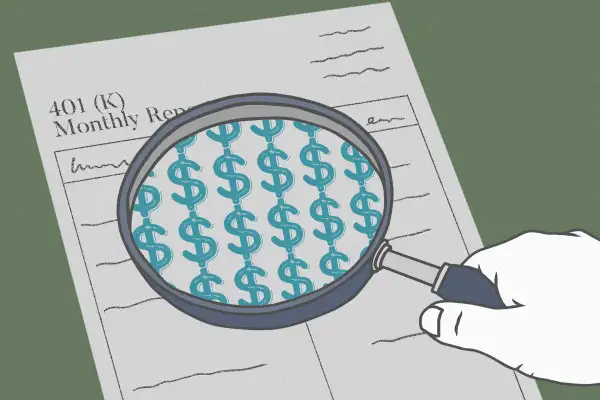Do 401(k)s Have Fees? 40% of Account Holders Have No Idea

A large percentage of 401(k) savers don't understand the fees involved in these popular retirement accounts, and it could be costing them thousands, a new government report says.
More than 40% of 401(k) participants do not know they are paying any fees associated with their accounts, according to a new survey done by the nonpartisan U.S. Government Accountability Office (GAO). Roughly 45% of those surveyed also couldn't determine how much they pay in fees just by reading through the disclosures.
That’s concerning, since high 401(k) fees can eat up tens of thousands of dollars by the time someone retires.
“If you're working in the company [for] 10, 15, 20 years, and throughout that timeframe, the [401(k) fee] expenses are just higher than they really needed to be, that could have an adverse impact on your retirement nest egg,” Scott Moulton, partner at Capital Management Group of Equitable Advisors in Milford, Connecticut, told Money.
It’s no surprise that Americans are unaware of these fees. Since 2012 the Department of Labor has required retirement plan providers to disclose their fees annually, but it can still be difficult to locate that information and even more challenging to make sense of it.
Yet the long-term effect of high fees is clear. If you have a 401(k) balance of $10,000, are putting aside $400 every month, and you have an expense ratio of 0.75%, in 35 years you’ll have $816,669 in the account. (That’s assuming the stock market returns 8% per year.) An expense ratio is the percentage of the money in a fund that pays the plan provider.
Now imagine you have an expense ratio of 2%, but everything else stayed the same. In 35 years, you’d have $611,747 in your 401(k). That’s a difference of more than $200,000.
Even those closer to retirement age can be severely affected. An expense ratio of 2% will cost you $31,874 more than an account with 1% in fees if you have $100,000 saved, are contributing $1,000 per month and have 10 years to go until retirement.
If you are wondering how much you're paying in fees, you can input your specific retirement account data into TD Ameritrade’s 401(k) fee analyzer tool. It will calculate what you pay in fees and share that information within a day.
In its new report, the GAO made recommendations to the Department of Labor for how to make 401(k) fees more comprehensible. Suggestions include requiring providers to show how their fees measure up next to those of comparable funds, and creating a dedicated page on the DOL’s website illustrating the effects of high fees over time.
The DOL “neither agreed nor disagreed with our recommendations,” the report says. In other words, don't expect to see changes requiring clear disclosures and more transparency any time soon.
More from Money:
Why Do Only 1 in 3 Companies Offer This Unbelievably Simple and Effective Retirement Plan Feature?

